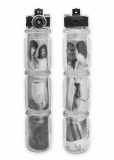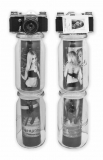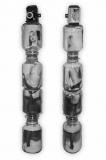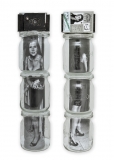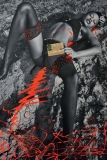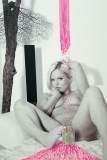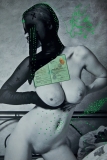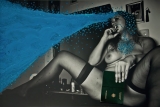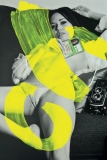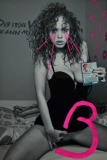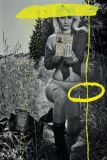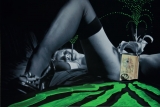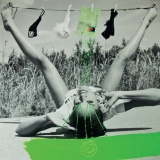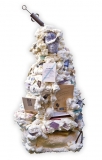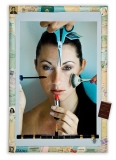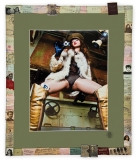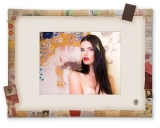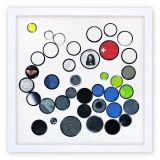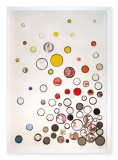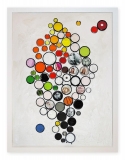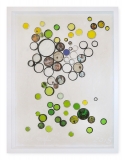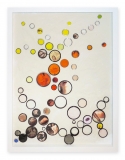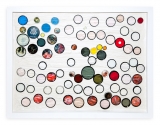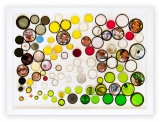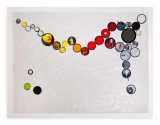Works
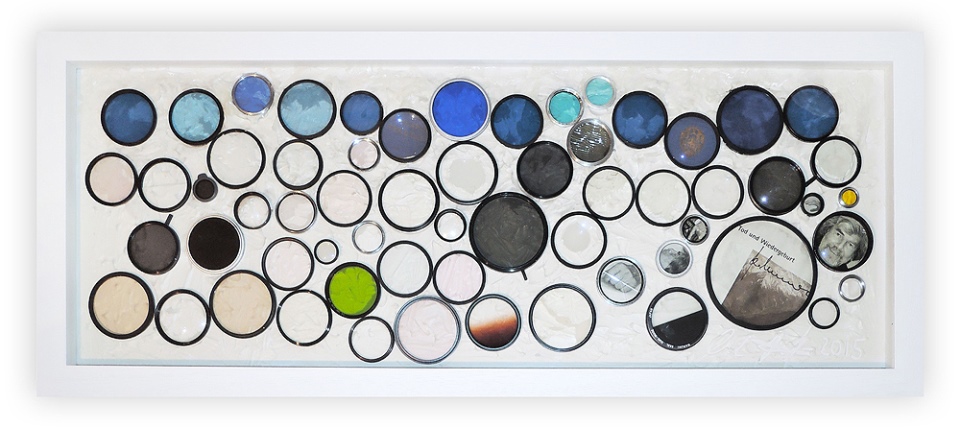
JOSEF KARL: hIDe review iDNA preview
The Munich-based artist Josef Karl (born 1974) integrates both his model’s personal identification cards and passports as well as their genetic material into his photographs in order to convey each piece of art as unique and permanently establish the portrayed sitter as an individual. In addition to selected works from the famous series „Beauty Conservation“ (2011) and „hIDE“ (2013) ), six mixed-media assemblages from the new series „iDNA“ (2015) will be on view for the first time in this comprehensive exhibition.
7 January 2016 – 6 February 2016
On 7 January beginning at 7 pm all are invited to the opening reception at the gallery. The artist will be present.
The following works are presented in the show:
JOSEF KARL: hIDE review iDNA preview
Only a passport or an identification card can provide official identity, facilitate geographical ties, form the basis for upcoming life choices as well as governmental intervention, and is ultimately crucial to the existence of an individual in modern society. The Munich-based artist Josef Karl (born 1974) addresses this difficult issue which has become a common theme throughout his work. Karl wants nothing less than to preserve the individual in his art. To this extent, he integrates expired identification cards and genetic material such as hair as well as objects touched by the models. On one hand his images and objects prove themselves to be tributes to memento mori based on the fact that the individualized artworks respond to the question about the whereabouts of people in mass society. On the other hand they are receptacles, in the tradition of reliquaries, whose contents authenticate the existence of the saint with the passing of time.
Karl’s photographs of female beauties go far beyond the mimetic function of the medium, as the models engage in slightly lascivious poses that initially acknowledge every cliche of the male, voyeuristic gaze. However, his point of departure is always an actual event that has taken place in the life of the model. He erotically charges the scene through photographic staging. Finally, he creates a reinterpretation by means of an overpainting to devise an enigmatic narrative and pictorial experience. The models’ actual identification cards that are incorporated into the images signal the dignity of those portrayed as an individuals and establish an intimate bond between the artist, the model and the owner of the image.
